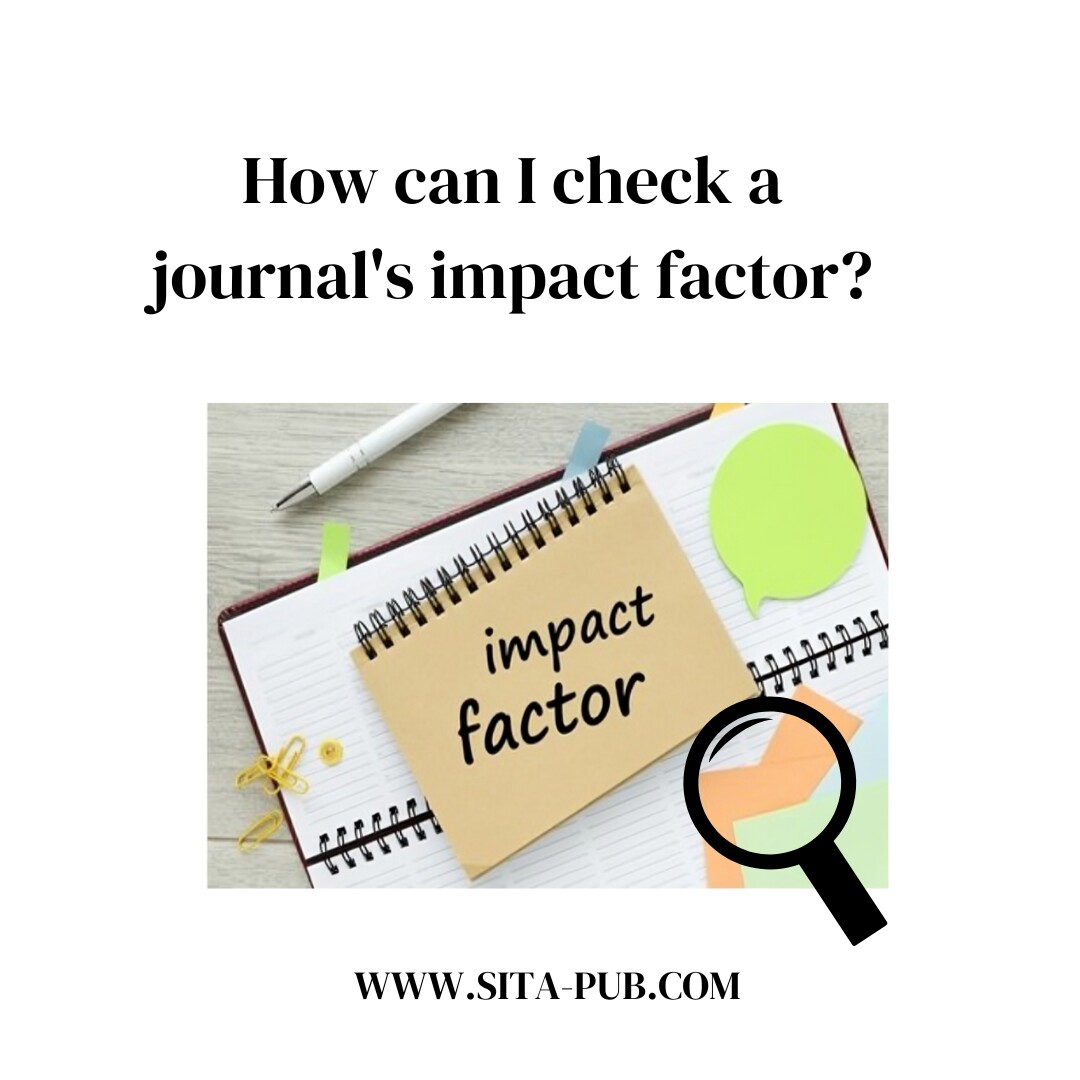How can I check a journal's impact factor?


The impact factor (IF) measures how often articles in a specific academic journal are cited by other researchers. It is calculated by taking the total number of citations in a given year to articles published in the previous two years and dividing it by the number of articles published during those years. For example, if a journal has 100 citations in one year and published 50 articles in the last two years, its IF is 2.0.
This metric indicates how respected and influential a journal is in its field. A higher value usually means that the journal is well-regarded and that articles published there are frequently cited.

When choosing a journal for your research, the IF is a key consideration for several reasons:
Audience Reach: Journals with higher metrics typically have a broader readership. This means your work is more likely to be seen and cited by other researchers, increasing its visibility in the academic community.
Quality Assurance: A high IF often reflects rigorous peer review and publication standards. Submitting to such journals can enhance the credibility of your research.
Career Impact: Publishing in high-ranking journals can significantly influence your career advancement. Many academic institutions prioritize publications in these journals for hiring, promotions, and tenure decisions.
Funding Potential: Research funding bodies often review journal metrics when assessing grant applications. A strong publication record can strengthen your case for receiving financial support for future research.
Collaboration Opportunities: High-ranking journals attract leading researchers and thought leaders, opening doors to networking and collaborative projects.
Contribution to the Field: Journals with high metrics often publish cutting-edge research that shapes the direction of academic discourse. By choosing such a journal, you can position your work within significant trends and discussions.

You can find a journal's IF using several reliable sources:
Journal Citation Reports (JCR): This is the main source, provided by Clarivate Analytics. JCR gives detailed information about journals, including their IF. Access usually requires a subscription through a school or institution.
Scopus: This database offers a metric called CiteScore, which looks at citations over three years. It provides an overview of journal performance and is also accessed through institutional subscriptions.
Google Scholar Metrics: Google Scholar offers the h5-index, measuring the number of articles published in the last five years that have received a certain number of citations. This helps assess journal quality.
Publisher Websites: Many journals display their metrics on their official websites. However, it’s important to verify these numbers through reliable sources like JCR or Scopus.
Academic Databases: Various academic databases may include journal metrics. Check these resources, especially if you are affiliated with a research institution.
While the IF is helpful, it should not be the only factor when choosing a journal. Here are some other considerations:
h-Index: This measures both the number of articles published and the number of citations. Evaluating the h-index can give you insight into a journal's overall impact.
Citation Trends: Check whether a journal's citations are increasing or decreasing over time. A stable or growing metric may indicate a better choice.
Reputation: Consider the journal's reputation in your specific field. A high ranking is beneficial, but ensure it aligns with your area of research.
Editorial Board: The quality of the editorial board and the peer review process can affect published research quality. A reputable board enhances trust in the journal.
Acceptance Rates: Some researchers look at how many articles a journal accepts. A lower acceptance rate can indicate a more competitive and prestigious journal.
Open Access vs. Subscription: Decide whether you want to publish in an open access journal, freely available to everyone, or a subscription journal, which may have different visibility.
Personal Goals: Your choice should align with your research objectives. Consider the journal’s focus, audience, and how it fits with your work.
If you're looking to find the right journal with a high impact factor for your research, we’re here to help! Our team of experts can guide you through the process. Don't leave your publication success to chance.
If you have any questions, inquiries, or would like to learn more about our services, please don't hesitate to reach out to us. Our dedicated team is ready to assist you.